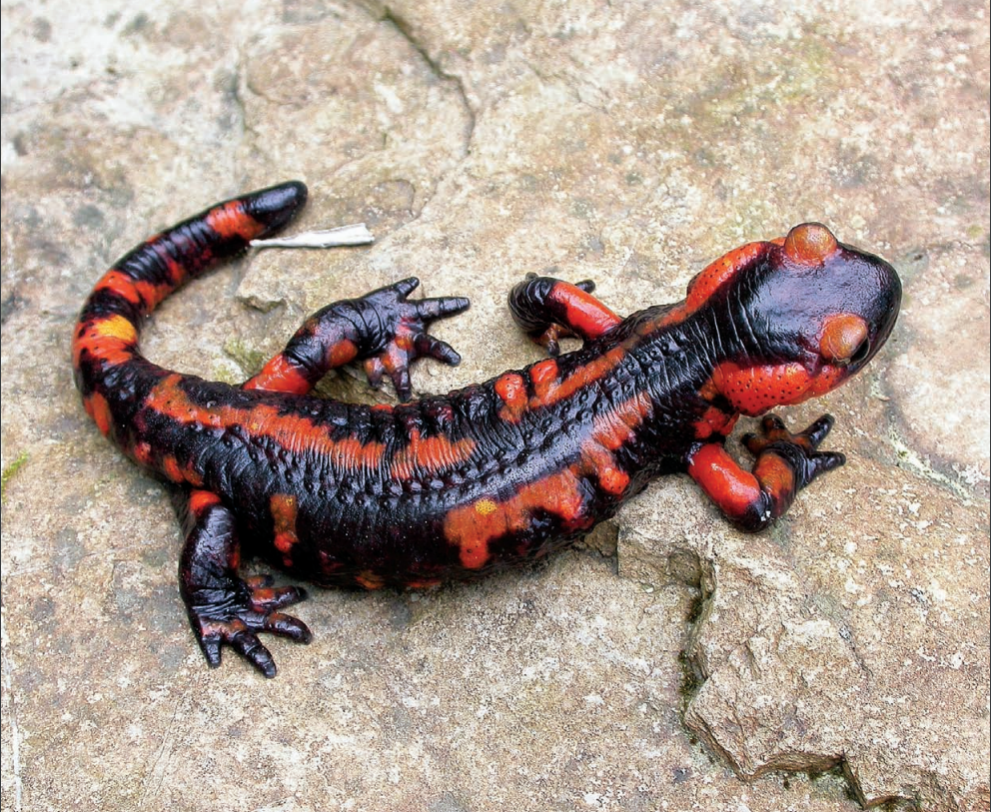The European Red List identifies species that are threatened with extinction at the European level so that appropriate conservation action can be taken to improve their status. It is based on the International Union for Conservation of Nature (IUCN) global Red List of Threatened Species.
To date more than 10,000 species have been assessed on the European Red List, including all vertebrate species (mammals, amphibians, reptiles, birds and fishes), freshwater and terrestrial molluscs, trees and medicinal plants, bryophytes, dragonflies, butterflies, bees, hoverflies, grasshoppers, crickets and bush-crickets, and a selected set of saproxylic beetles and plants (shrubs, crop wild relatives, aquatic plants, and the species that are listed under European or international policy instruments).
Detailed results of the assessments can be found in the individual European Red List publications below, which can be downloaded in electronic format.
In parallel to numerous species at the risk of extinction, experts specialised in the identification and discovery of species - taxonomists – are themselves also declining across Europe putting those essential skills at risk of extinction! The first ever European Red List assessment of taxonomists mapped and explained trends in taxonomic expertise on insects can be found in the list below.
You can also find more information on the IUCN global Red List here: https://www.iucnredlist.org/about/background-history

Download European Red List reports
This Red List publication summarises results for the selected European medicinal plants.
The European Mammal Assessment (EMA) is the first review of the conservation status of all wild mammals in Europe according to IUCN regional Red Listing guidelines. It identifies those species that are threatened with extinction at the regional level.
This European Red List provides a summary of the conservation status of the European species of hoverflies, evaluated according to the IUCN Red List Categories and Criteria (2012a) and IUCN’s global (IUCN Standards and Petitions Committee, 2022) and regional (IUCN, 2012b) guidelines.
Insects play a significant role in the functioning of healthy ecosystems and human well-being. By providing vital services such as pollination, matter decomposition, and bio-control, they greatly influence the living world.
The European Red List of Birds is a review of the regional extinction risk of all 544 species of birds occurring regularly and naturally in Europe.
Europe has one of the most highly fragmented landscapes of all the continents, with only a tiny fraction of its land surface – largely the Arctic regions – considered as wilderness.
This publication is a summary of the conservation status of the European species of mosses, liverworts and hornworts, collectively known as bryophytes.
This publication is a summary of the conservation status of the European species of mosses, liverworts and hornworts, collectively known as bryophytes.
European Red List of selected endemic shrubs
This publication summarises results for all Europe’s native species of tree (454 species), of which 265 species (over 58%) are endemic to continental Europe, with 56% (252 species) endemic to the 28 EU Member States.
Saproxylic beetles are insects that depend on dead and decaying wood for at least part of their lifecycle, and play important ecological roles in European habitats.
With 194 species assessed, this assessment highlights that 19.9% of lycopod and fern species are threatened with extinction in Europe.
This Red List publication summarises results for all hitherto described native European Orthoptera species (grasshoppers, crickets and bush-crickets).
This publication summarises results for all Europe’s native species of marine fishes (1,220 species). 7.5% of species are threatened with extinction at the European level due to mainly overfishing, coastal development, energy production and mining, and pollution.
This publication summarises results for Europe’s 533 native species of birds.
This publication summarises results for all Europe’s native species of bees (1,965 species).
This publication summarises results for all of Europe's native freshwater species of mollusc and for a selection of terrestrial mollusc families.
This publication summarises results for Europe's native species of freshwater fishes and lampreys. At least 37% of these species are threatened.
The European Red List was compiled by IUCN's Global Species Programme and Regional Office for Europe and is the product of a service contract with the European Commission.
This publication summarises results for a selection of Europe’s native species of butterflies. About 9% of the species are threatened with extinction at the European level as a result of threats including habitat loss and degradation due to changes in agricultural management.
This publication summarises results for a selection of Europe’s native species of saproxylic beetles.
This publication summarises results for Europe’s 137 native (sub) species of damselflies and dragonflies.
This publication summarises results for Europe’s 85 native species of amphibians.
This publication summarises results for Europe’s 151 native species of terrestrial and freshwater reptiles.
